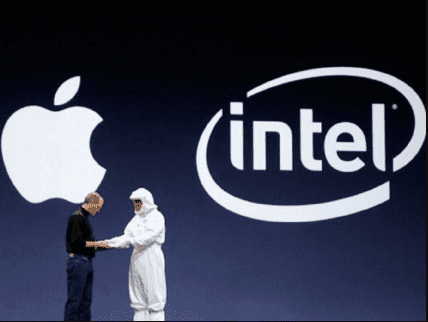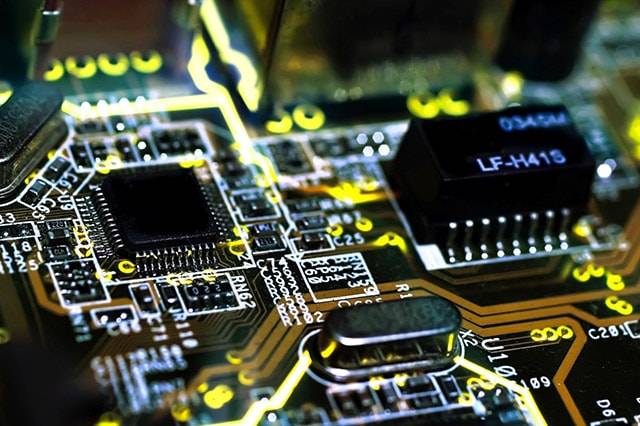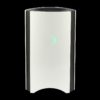Apple is reportedly using technology developed by ARM Holdings to create a Mac ARM chip that will take care of low-power tasks. According to Bloomberg, this chip has been in development since 2016 and is codenamed T310. It’s designed to be a co-processor, which means it would work alongside Intel processors but would be independent of them.
Bloomberg reveals that Intel chips will take care of heavier tasks while the T310 will handle the “Power Nap” feature. This installs software updates, retrieves emails and calendar appointments, sends photos and other data to the iCloud, and does other tasks — all while the Mac is sleeping. With Power Nap, everything will already be synchronized when users open their laptop, which means they can get to work right away instead of waiting for the computer to finish its tasks.
Power Nap was introduced to Mac users in 2012 and is currently powered by the computer’s Intel chip. It doesn’t use up a lot of energy, but it can consume even less power when it’s hooked to a separate chip like the T310. This better battery life is good news for those who work outside the home or office, don’t have easy access to electrical outlets, and rely a lot on their laptop battery.
Not a New Concept
Offloading lighter tasks to a co-processor isn’t exactly a novel idea since it has already been used in the Touch Bar, a touch-enabled strip that was introduced in the MacBook Pro 2016. Made of glass and OLED, it replaces the traditional function keys and allows people to easily access system settings, app shortcuts, and other features. It is powered by an Apple-designed chip named T1 (which, like the T310, is based on ARM architecture) and runs on a customized version of watchOS.
The T1 also powers the Touch ID sensor, which authenticates fingerprints and is incorporated into the Touch Bar. Users only need to put their finger on the Touch ID to open and unlock their Mac, making the process a lot faster and easier than it used to be. To protect users’ information, the T1 works with the Secure Enclave co-processor, which ensures that third-party applications and even system-wide malware won’t be able to access biometric data. So, the MacBook Pro 2016 essentially has two computers working together: one that handles main computing tasks, and another that handles security.
Tech experts believe that the new T310 chip would face a similar scenario, albeit with different and much bigger responsibilities. For it to support the Power Nap feature, it must be able to load the iCloud and other macOS services and have access to the Mac’s RAM, storage, and Wi-Fi drivers.
It might seem like a lot of work for Apple at first glance; after all, it needs to configure drivers as well as basic OS features to ensure they’d work on the ARM chip. However, the company has already done these through the ARM processors used in iPhones and iPads, which are more than capable of doing the tasks mentioned above. This proves that, if the T310 does come into life, it would be powerful enough to handle lightweight background tasks.
Goodbye, Intel?
Does the introduction of the T310 processor mean that Apple will cut its ties with Intel? Many people in the tech industry don’t think so. In fact, Apple insiders confirm that the company has no plans to stop using Intel chips, at least in the near future.
This isn’t exactly surprising. The T310 might be just a few lengths behind Intel’s dual-core technology, but it’s not that advanced to replace the company’s quad-core and octo-core processors. Apple could focus its resources on perfecting its processor design and technology, but it might not be worth the time and effort considering that Mac computers form only a fraction of the total number of devices that the company sells.

Still, we can’t discount the possibility that Apple is striving for independence from Intel. In fact, over the last five years, the company has been slowly distancing its line of laptops from Intel processors to improve the devices’ battery life. And it’s not just about power consumption: the Cupertino-based tech giant is known for its independent streak, and it doesn’t want to rely too much on a single manufacturer. This is especially true for Intel, which has been experiencing financial and management issues and might lose its stability in the coming years.
If Apple does say goodbye to Intel, we might see a new line of Macs that are fully powered by Apple’s very own A-series chips in a few years or so. At the very least, the company might release computers that still use Intel chips but borrow heavily from the Apple processors used in iOS devices.
Grain of Salt
The existence of the T310 was first reported by Bloomberg, which obtained its information from people who are familiar with Apple’s product development process. However, it’s important to note that Apple has not confirmed this report, so it must be taken with a grain of salt until we see further evidence that the T310 does exist.


